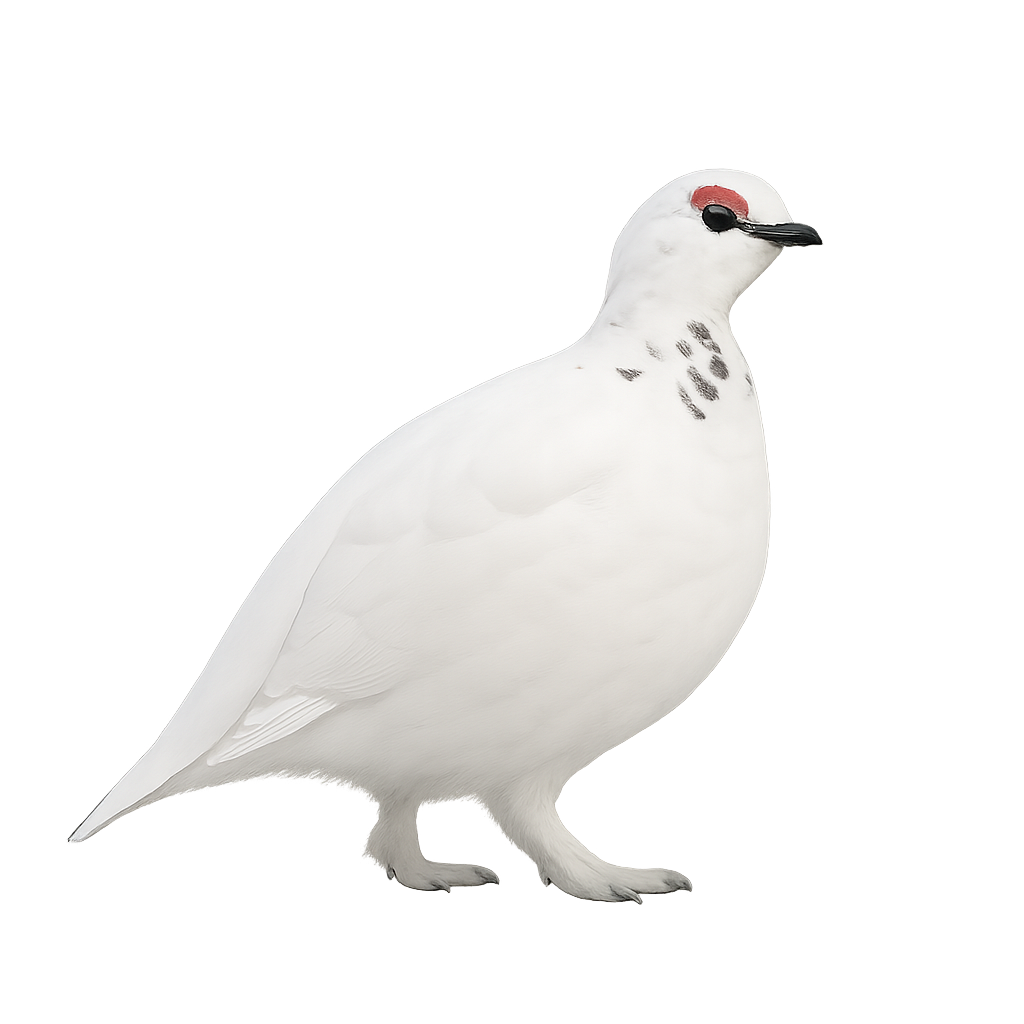Observe and photograph a species in its natural habitat
Learn where and when to observe a species in the wild, how to recognize it in the field, and what habitats it lives in. Get photography tips adapted to its behavior and capture stunning images without disturbing the animal. For full details, open the complete profile in the WildlifePhotographer app.
Rock Ptarmigan
Scientific name: Lagopus muta

IUCN Status: Least Concern
Family: PHASIANIDAE
Group: Birds
Shyness: Suspicious
Safe distance: 30 m
Breeding season / Courtship: 01.05-31.05
Gestation: 23 jours
Births: 18.06-10.07
Habitat:
Mountains and rocky areas
Description:
The Rock Ptarmigan is a mountain bird adapted to the harsh conditions of high peaks. It measures about 35 to 40 cm in length and weighs between 350 and 650 g. In winter, its plumage is entirely white, allowing it to blend into the snow, while in summer, it has a brown-red plumage with dark spots to better blend into the rocks and grasses of the mountains. The Rock Ptarmigan primarily inhabits mountainous regions of Europe, Asia, and North America at high altitudes, where it feeds on plants, seeds, berries, and young shoots. Due to its thick plumage and feather-covered legs, it is well adapted to cold conditions but is also vulnerable to climate change, particularly to the loss of its mountainous habitat. The species is protected in some areas but remains sensitive to human disturbances, such as mountain tourism and temperature changes.
Recommended lens:
>=300 mm
Photography tips:
Use a telephoto lens to photograph from a distance, respecting the discreet nature of the species.
Photograph early in the morning or late in the afternoon, when the soft light highlights the plumage of the alpine ptarmigan.
Look for it in mountain habitats such as rocky areas, snowy slopes, and alpine tundras, between 1,500 and 3,500 meters above sea level. It is often observed in regions like the Alps, the Pyrenees, and the Scottish Highlands.
Be patient and discreet to avoid disturbing its natural behavior. Avoid abrupt movements and remain silent.
The Alpine ptarmigan is sensitive to climate change, which reduces its available mountain habitat. It is essential to respect its environment and minimize disturbances, especially during the breeding season.
Ready to take action?
Choose your platform and start your free trial today



